“We got into a long train composed of freight wagons… I was stirred by the halting of the train. The doors of the wagons opened. A weird yellow light glared in on me… I was hardly able to open my eyes from the light. A strange picture in front of me. A wide, yellow, sandy plain stretched into infinity… Oh, how unfriendly it was. Not a blade of grass, a flower, not a bug, butterfly or bird. Silence… and in front of the eyes flickered the ardent mass of the sandy plain.”
– Danica Nola, El Shatt
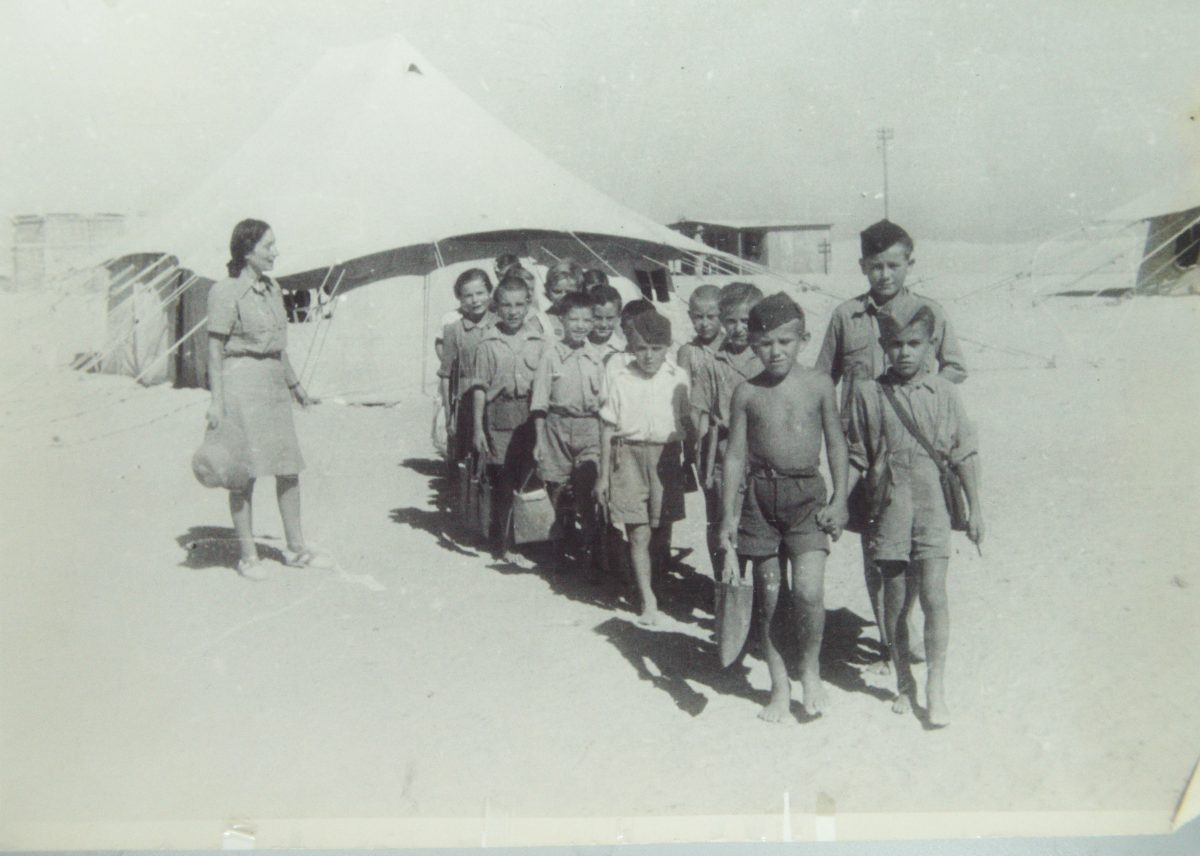
In 1944, Treva Edgerton, a worker with the United Nations Relief and Rehabilitation Administration (UNRRA), an international relief agency, was at the El Shatt refugee camp near the Suez Canal in Egypt. Policed by the British, the camp housed 30,000 refugees from Dalmatia (Croatia). These people had been evacuated by the Allies ahead of a German invasion. Created on February 2, 1944, the camp was disbanded on March 20, 1946, after the war ended. The refugees left behind 825 graves of their comrades. An estimated 650 children were born in the camp.
There are cleaner images of Croats who took the Sinai Express. In February 1944, the US Farm Security Administration/Office of War Information despatched Otto Gilmore to El Shatt. His black and white photographs are crisp, bright and clear. And we’ll feature them very soon. But these snapshots were taken not by a sightseer or journalist, but by someone who was there, immersed in the anarchy of war. Nothing is staged. Just point, click and hope you capture something of the essence of what you see and feel.
These refugees could not be certain they’d have a home to return to. Their house, farms and offices had been abandoned to the Germans. They’d fled their land to save their lives.
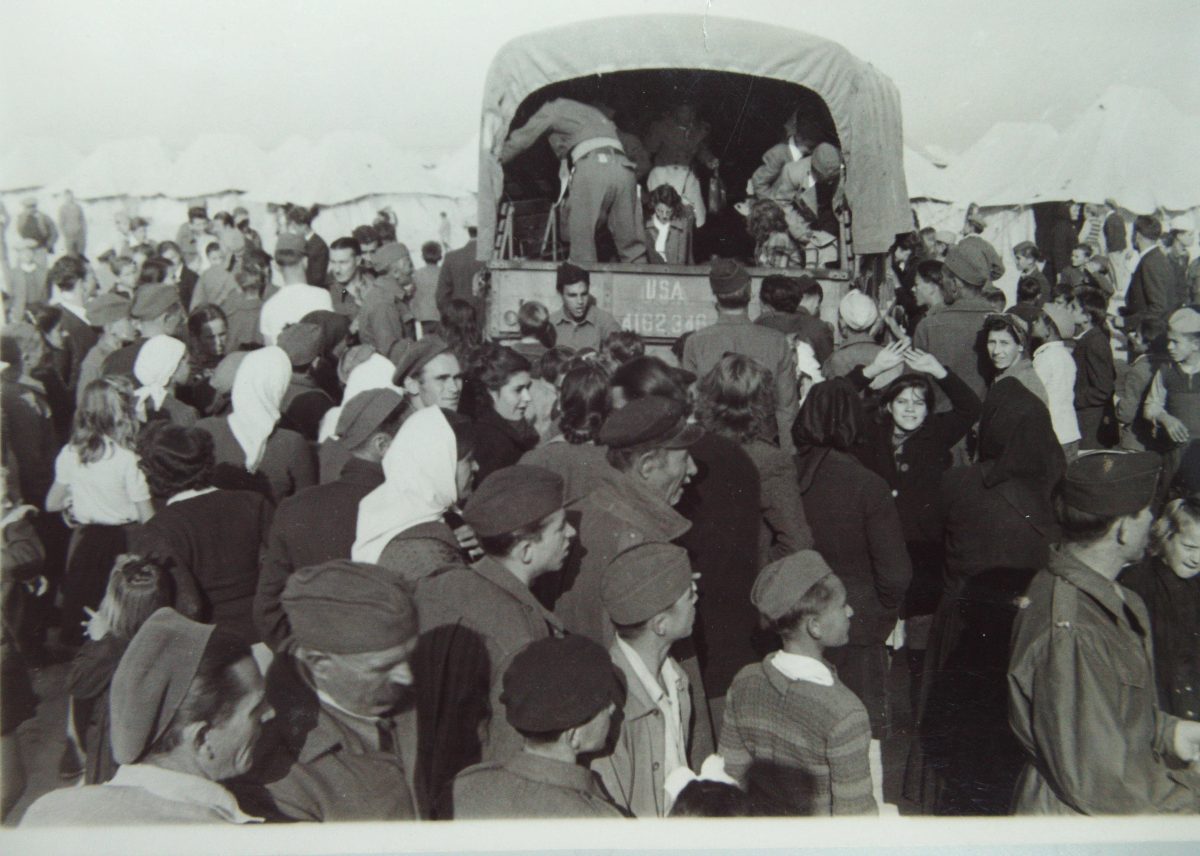
“People mysteriously appeared and disappeared with a frequency reminiscent of a popular transit hotel. I must not give the impression that these people created a little paradise here on the desert with their resourcefulness. Their extreme lack of everything only makes what they do more impressive, standing as it does against such a background.”
– John Corsellis, a British pacifist who served with the Society Friends Ambulance Unit
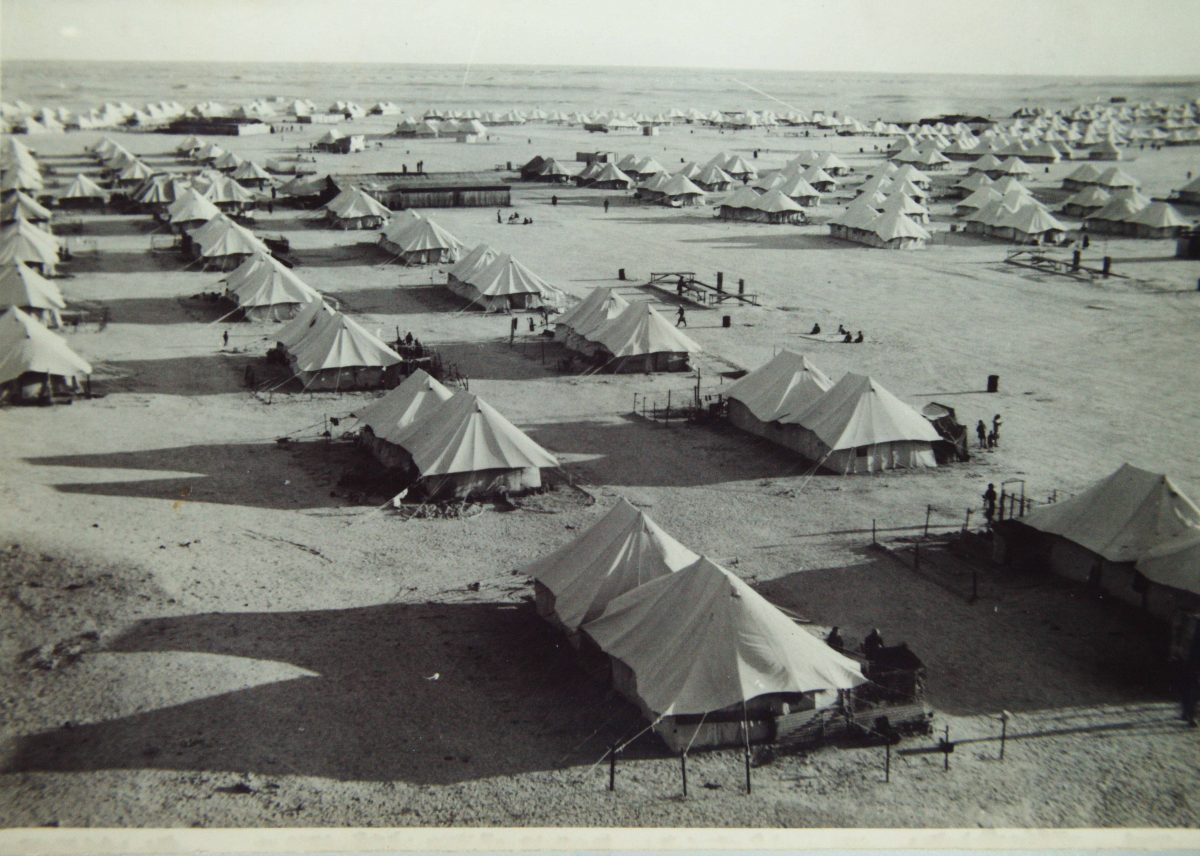
Paul Bradbury provides historical context:
The capitulation of Mussolini was first publicised by Allied radio from Algeria on September 8, 1943, and led to a rapid chain of events on the Dalmatian coast and islands. All islands, including Hvar, were liberated by the National Liberation Army (NOV) as Italian garrisons were disarmed, and the city of Split was freed on September 10.
Dalmatia’s freedom was short-lived, however, as the Germans were determined to keep control on the strategically important Adriatic coast. They sent in columns of troops and, after fierce fighting, retook Split on September 27, and gradually regained control of the entire coast and Peljesac Peninsula, before making a start on the islands with a landing on Korcula on December 21, and then Hvar on January 19, 1944.
The refugee situation was desperate, and the islands’ population was swelled by more than 15,000 people fleeing the Germans, most of them on Hvar. The islands were struggling to feed their own populations, never mind the influx of desperate visitors, and it was clear that the refugees would have to be evacuated before the fighting which would ensue.
Agreement was reached with British military authorities to move the population to British-controlled southern Italy, and on October 1, 1943, the Bakar set sail from the island of Vis to Bari, carrying the first refugees. The evacuation had begun.
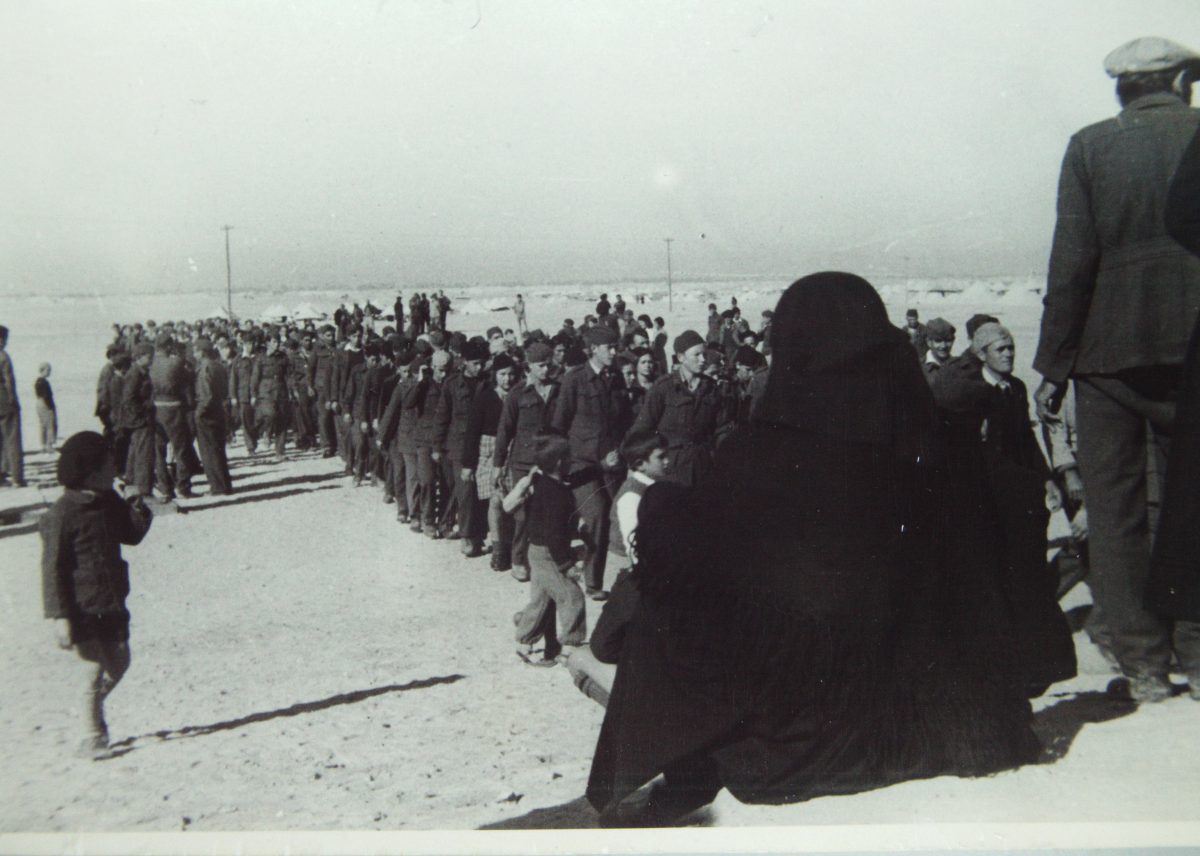
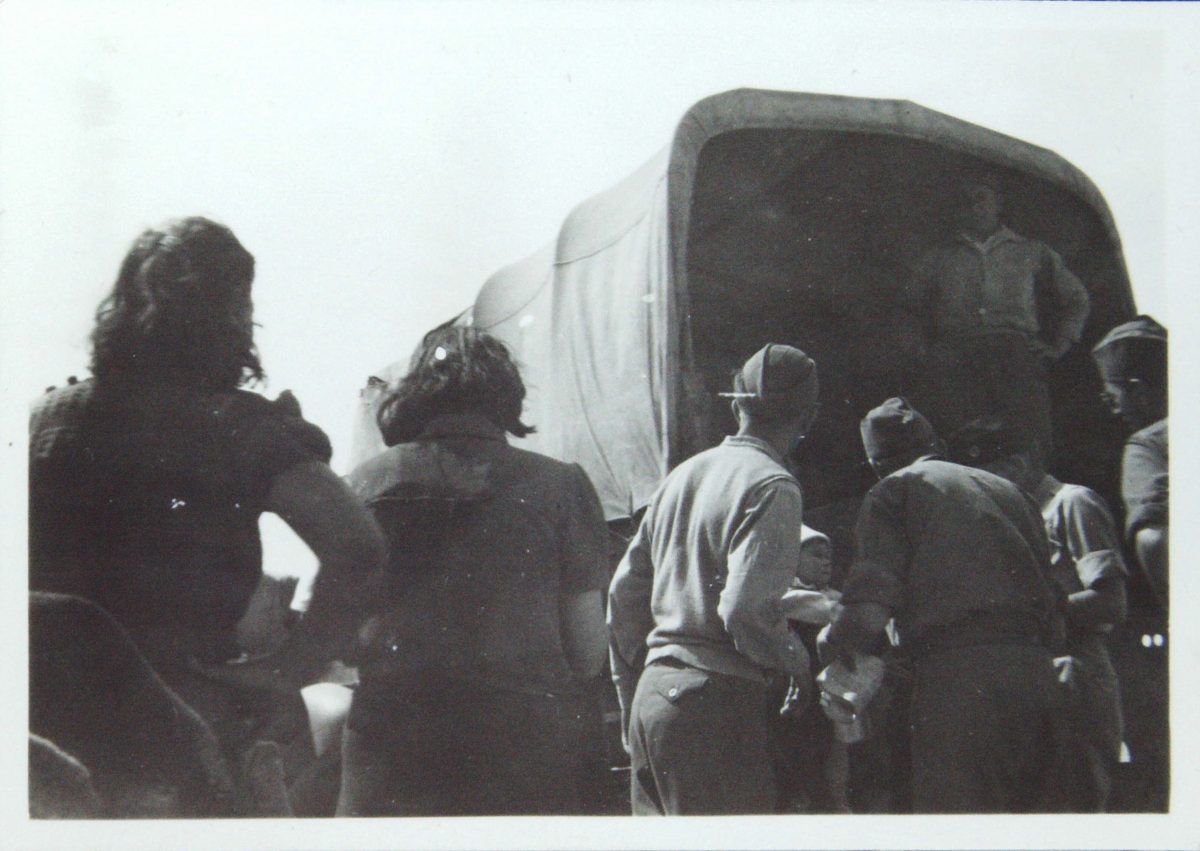

After negotiations between the British High Command and the National Committee for the Liberation of Yugoslavia (NKOJ), it was agreed that 10,000 refugees could be housed in Italy, with the rest being sent to camps in North Africa, which was also under British control.
Crucially, the two agreed that NKOJ would have full authority for the running of the camps, with no access allowed for representatives of the Yugoslav government of Draza Mihailovic, while the camp would be overseen by Allied Military Liaison.
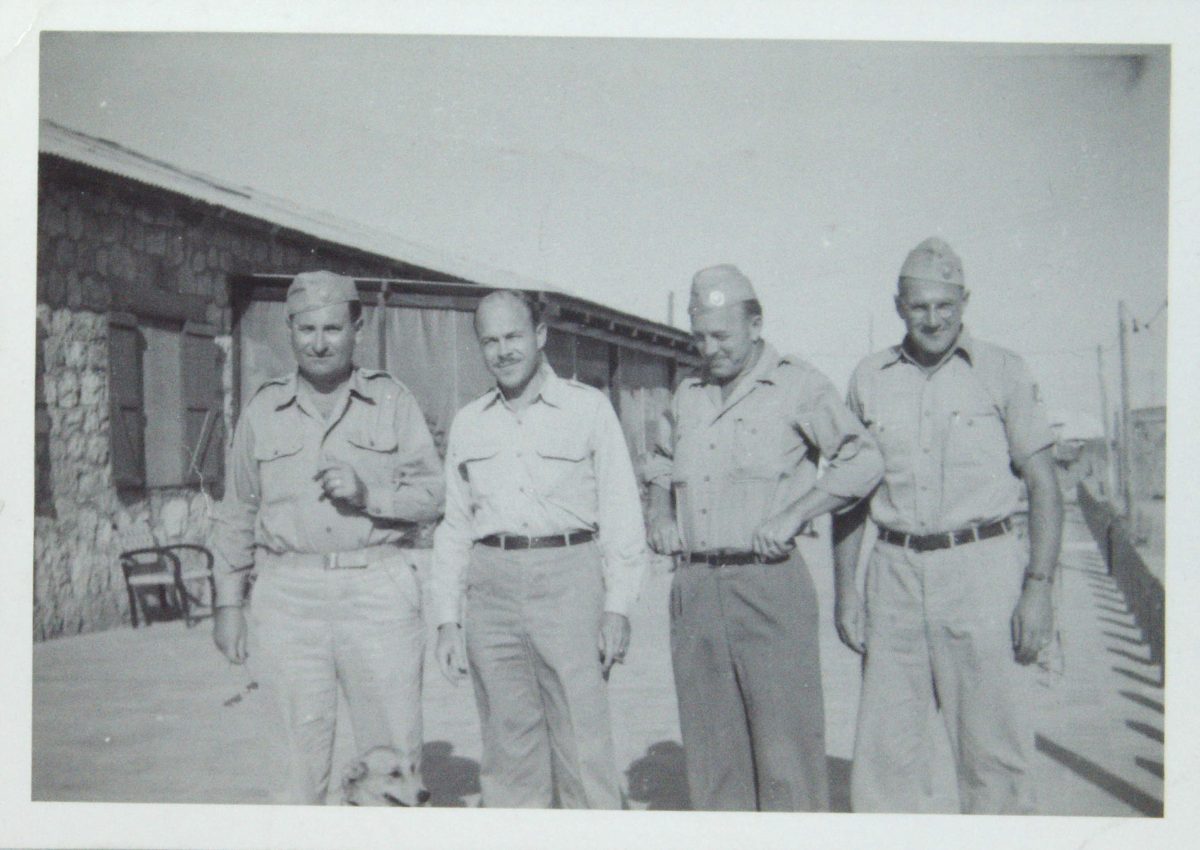
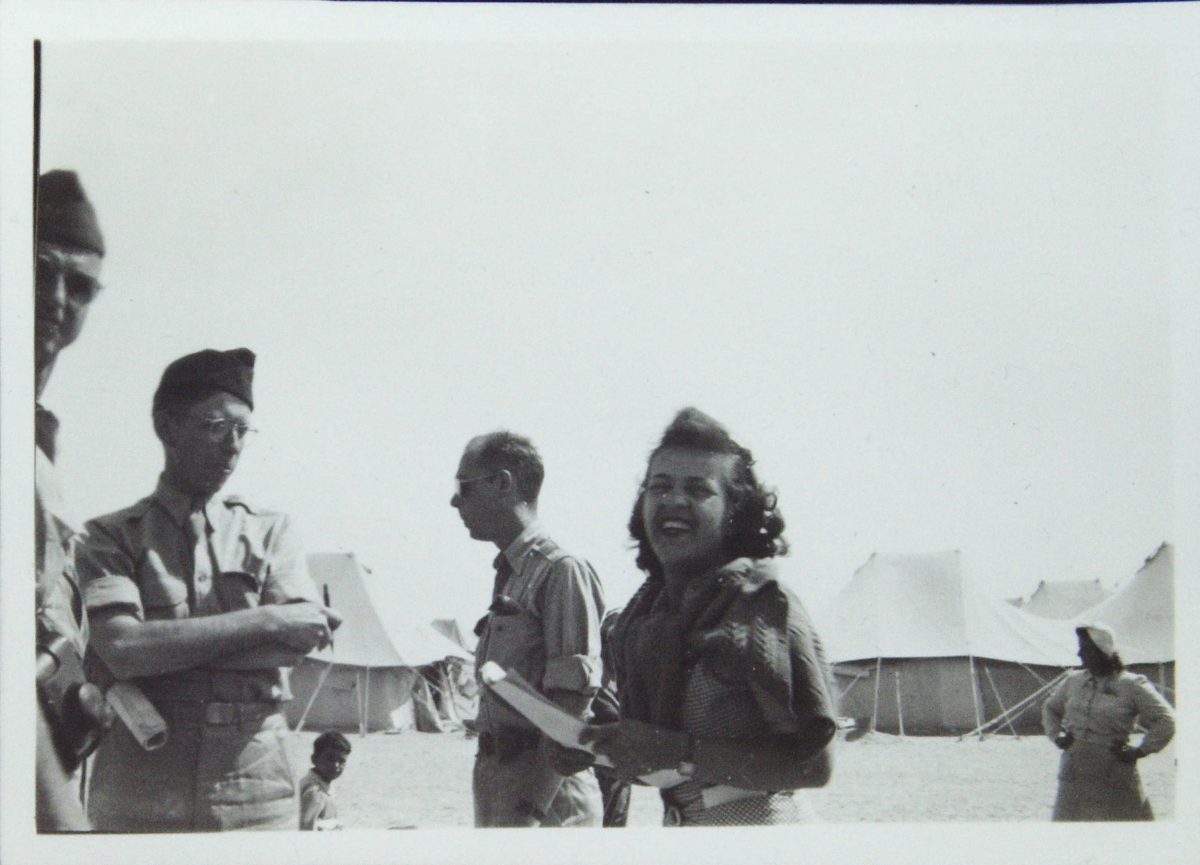
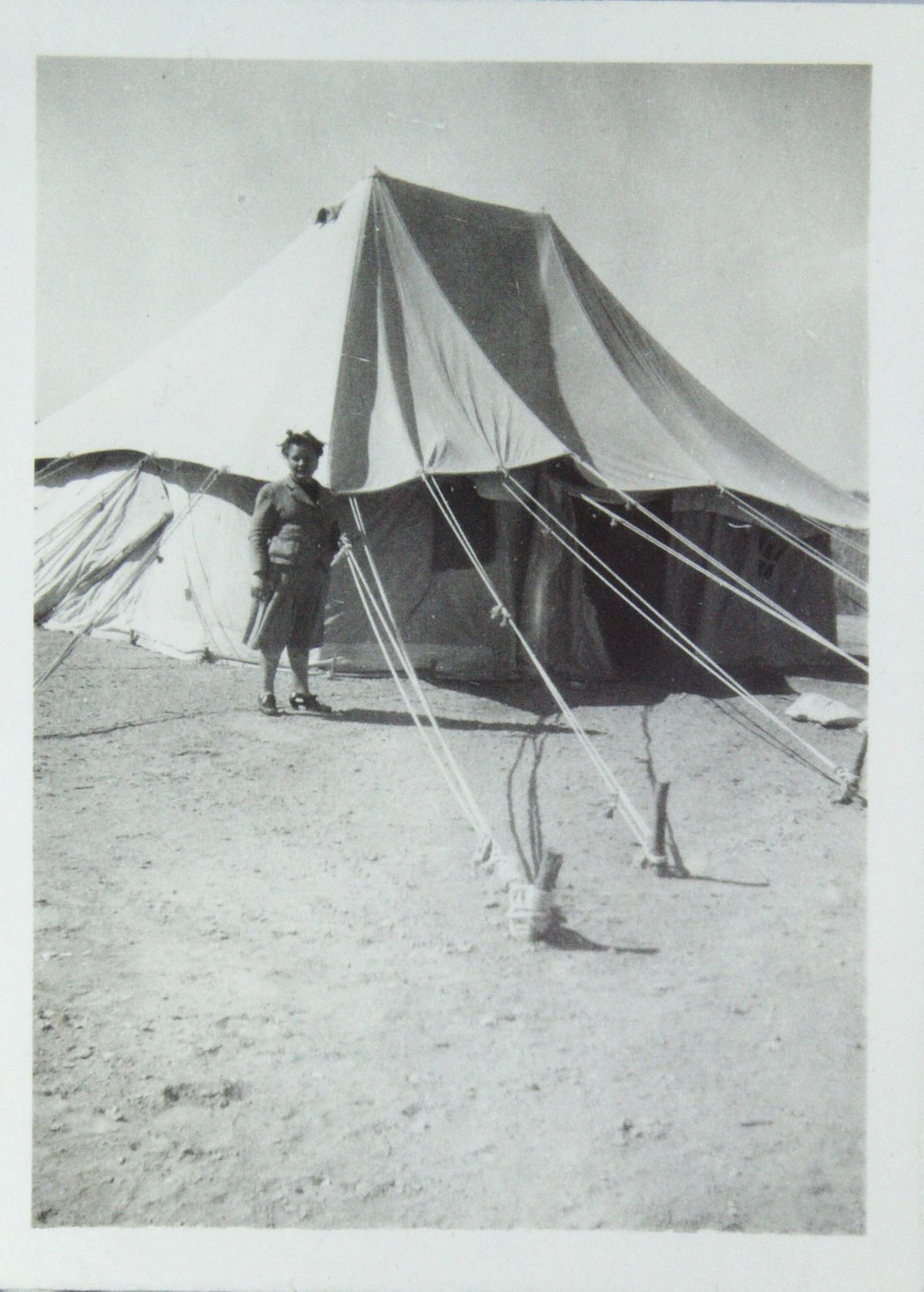
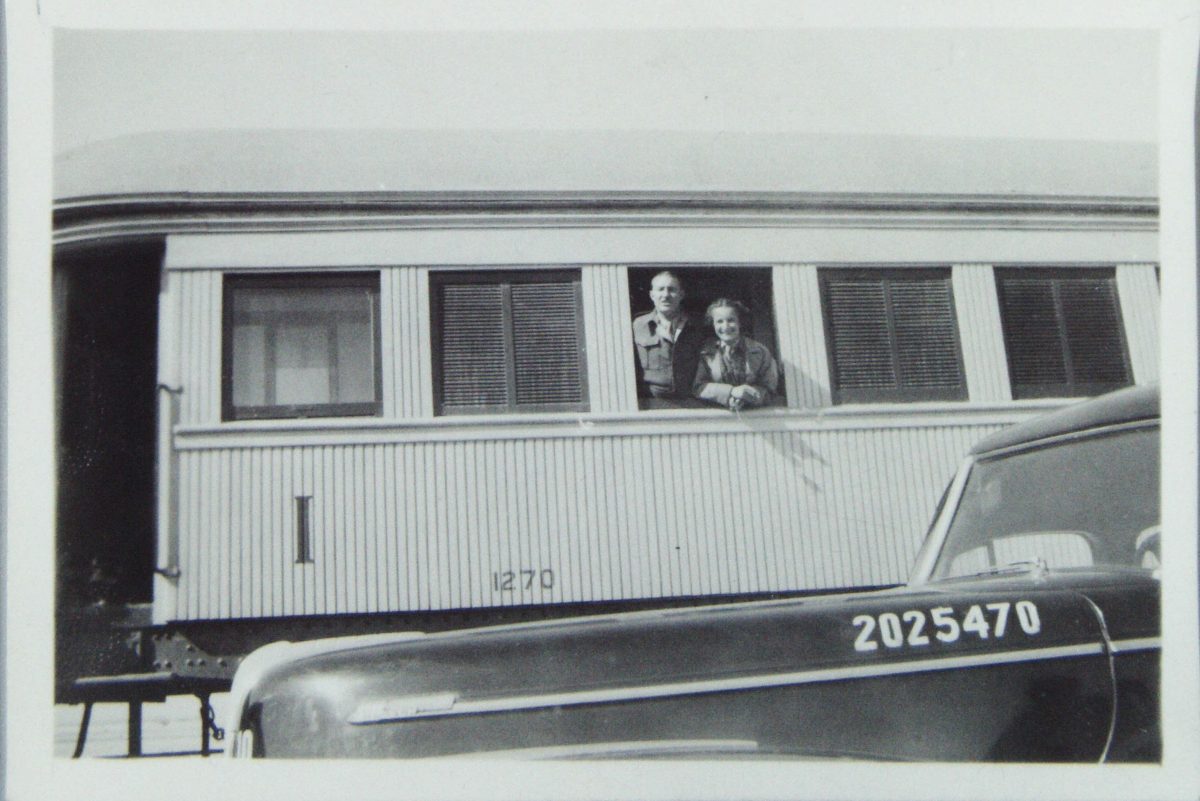
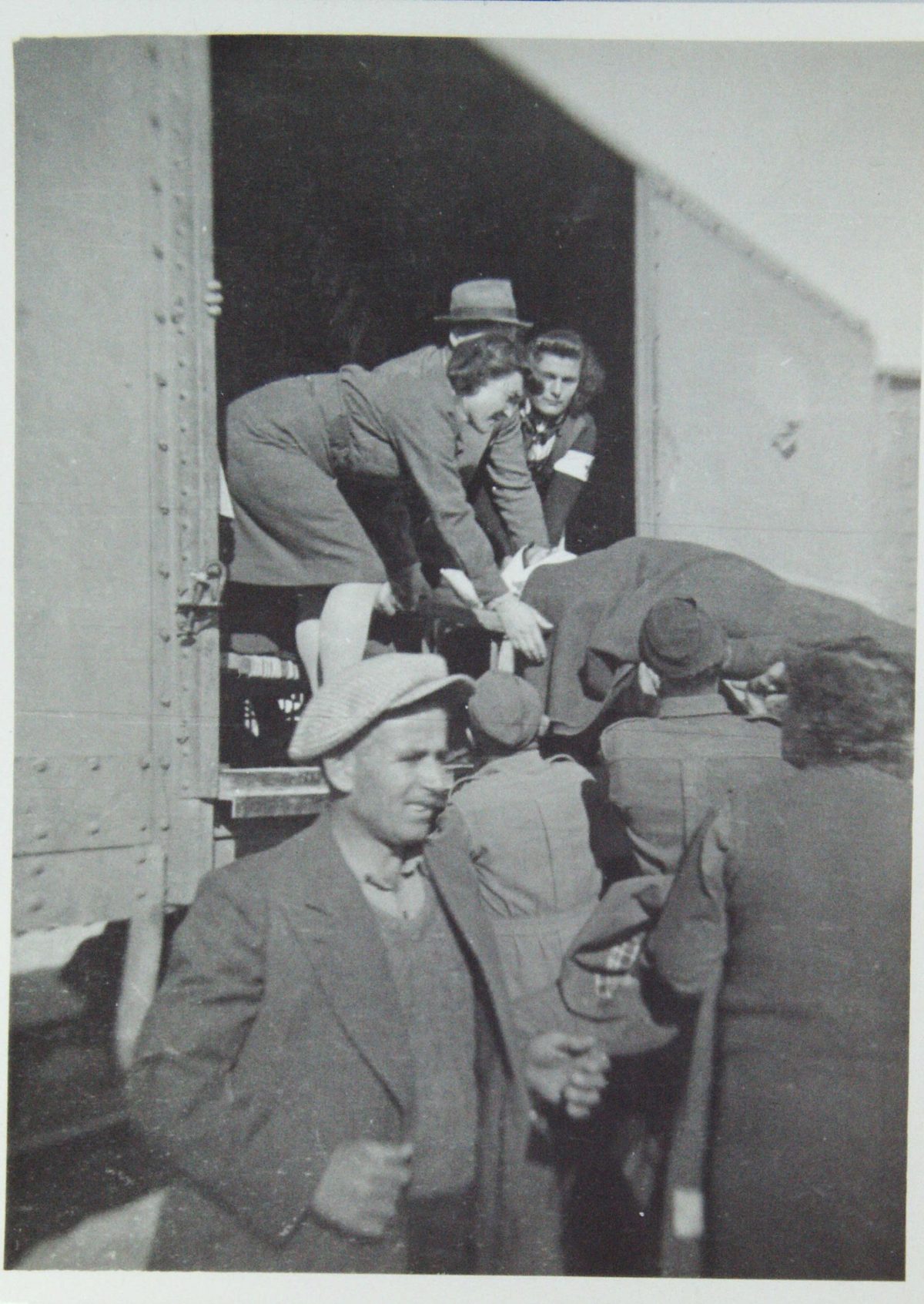
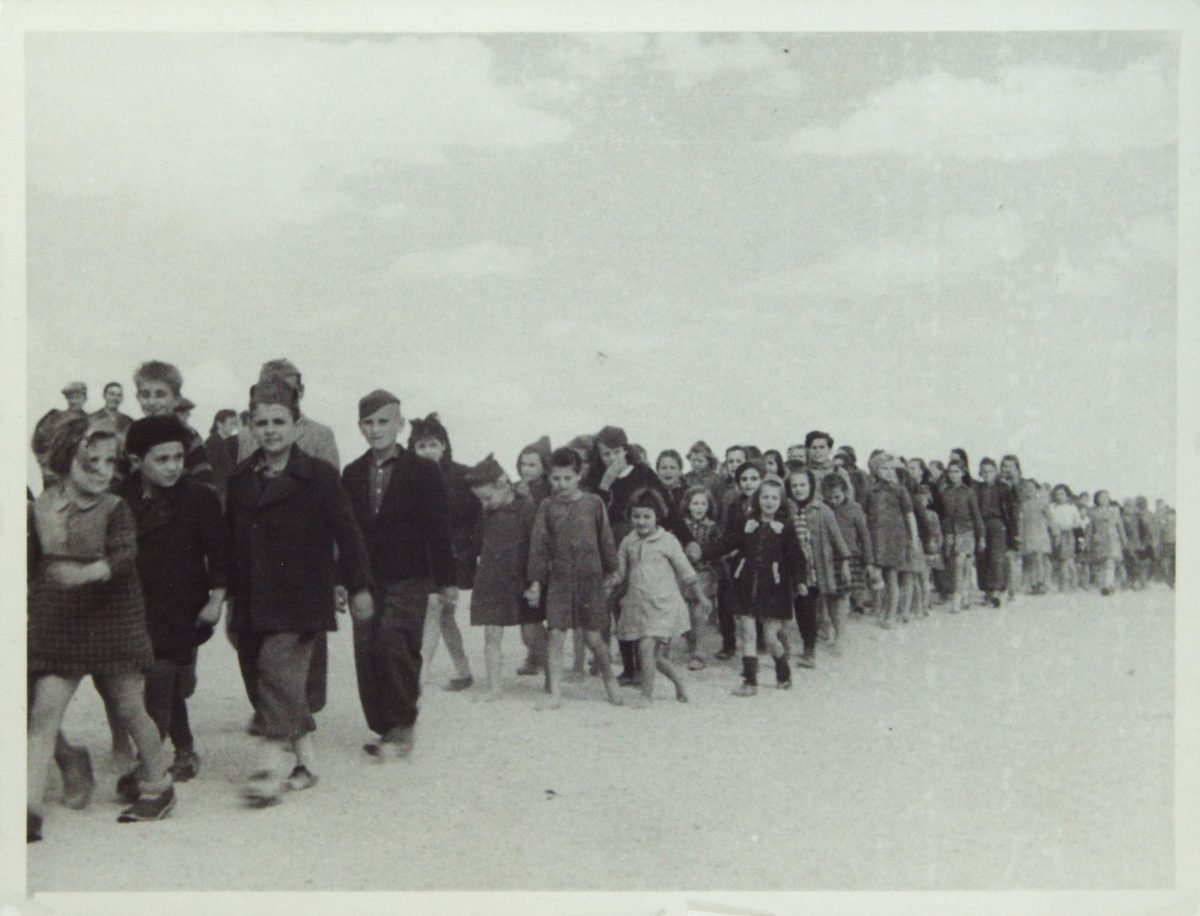
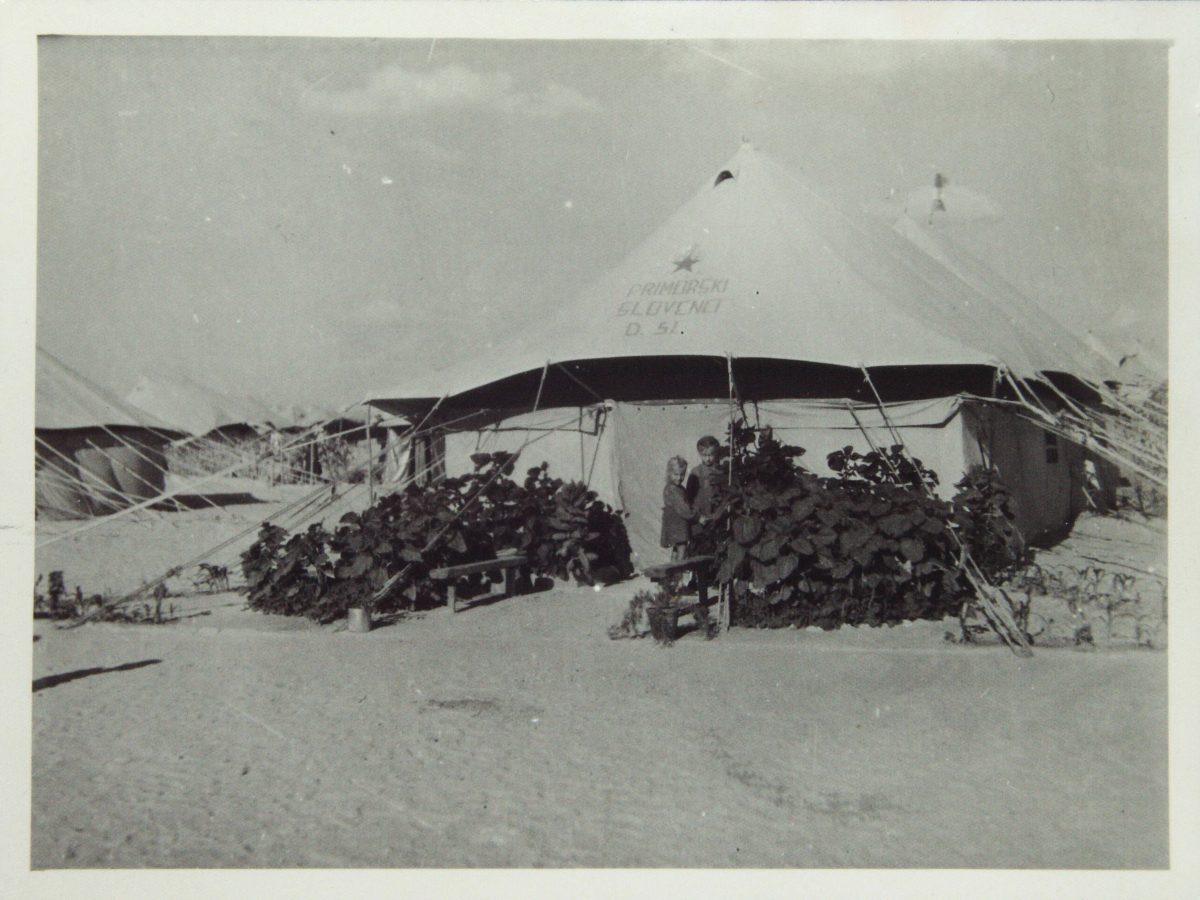
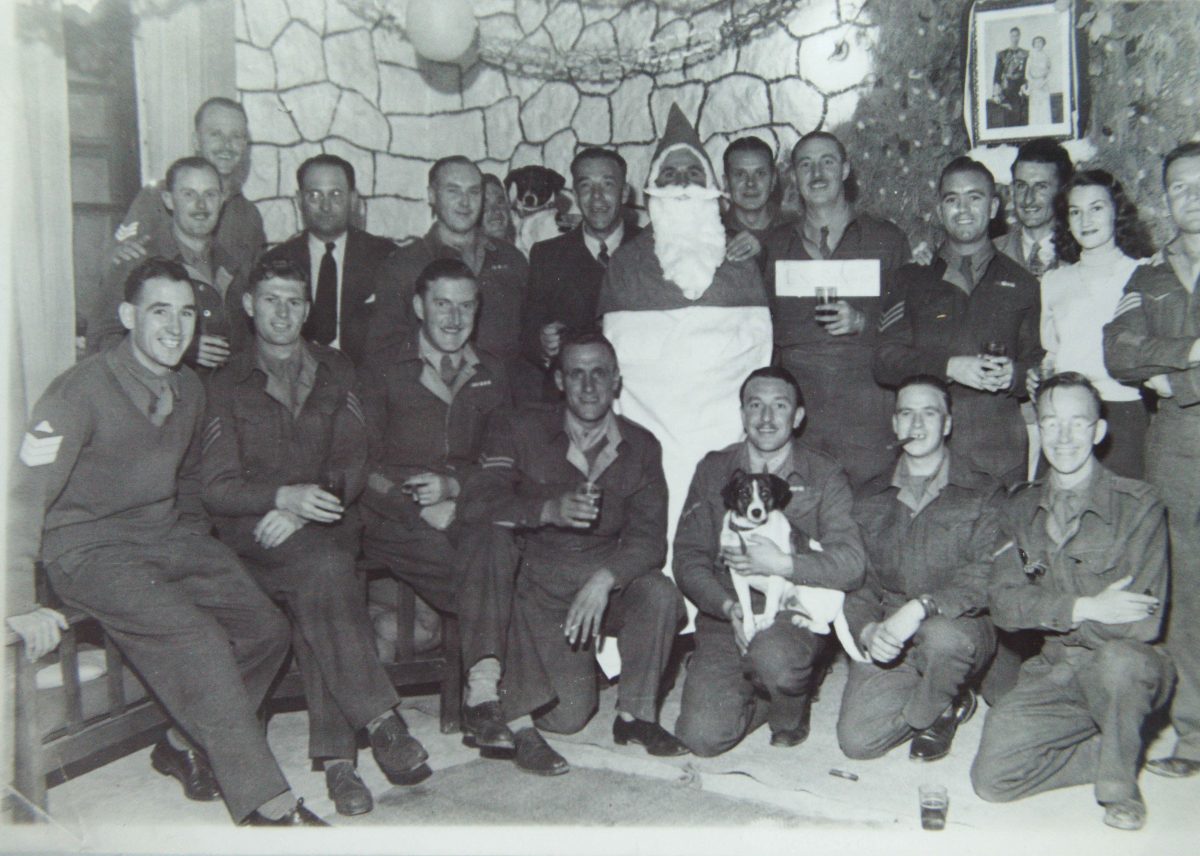
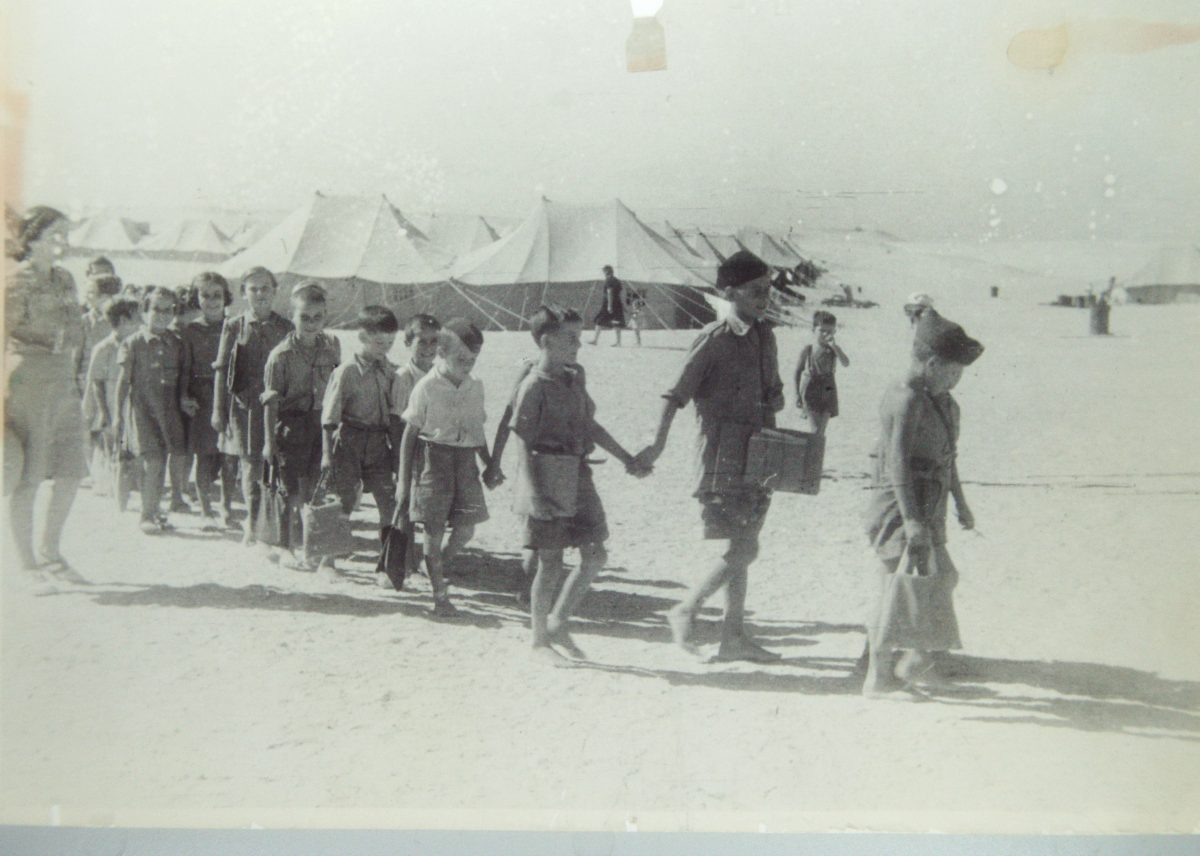
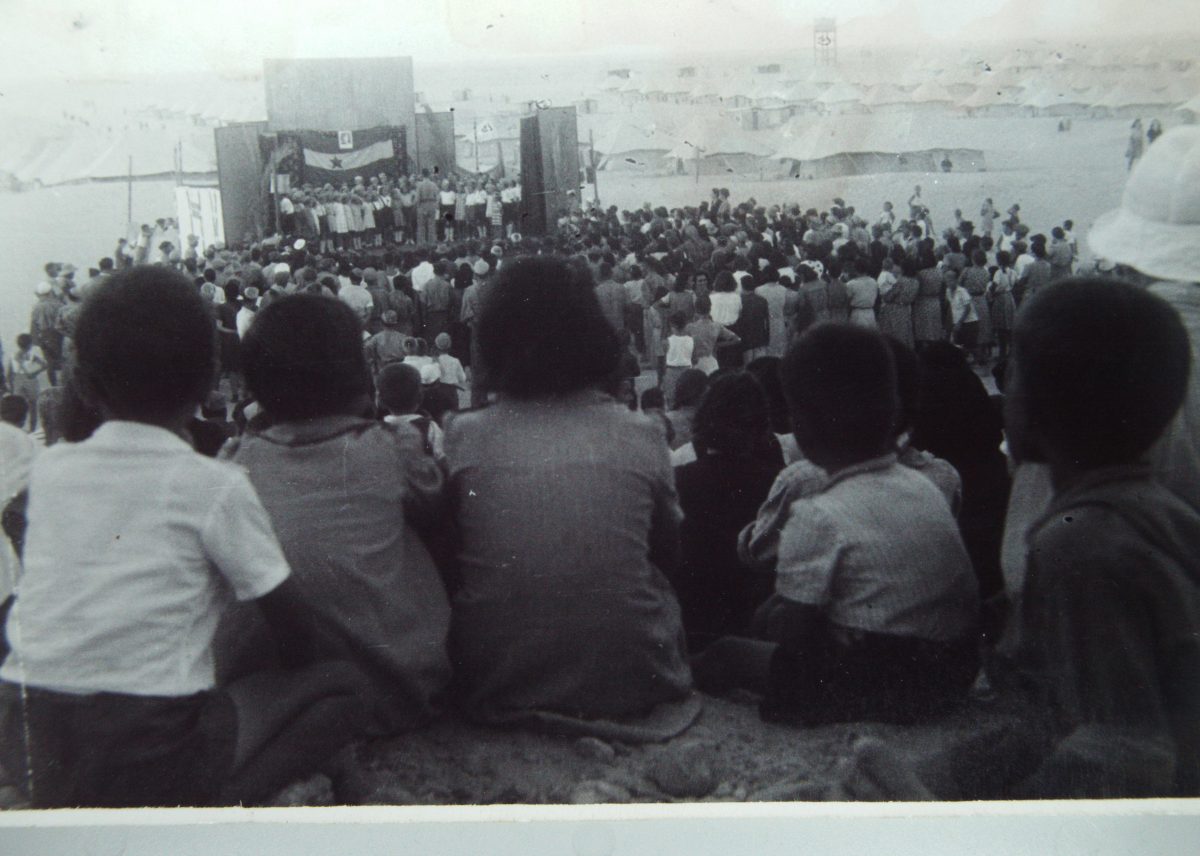
Via collector m20wc5
Would you like to support Flashbak?
Please consider making a donation to our site. We don't want to rely on ads to bring you the best of visual culture. You can also support us by signing up to our Mailing List. And you can also follow us on Facebook, Instagram and Twitter. For great art and culture delivered to your door, visit our shop.









